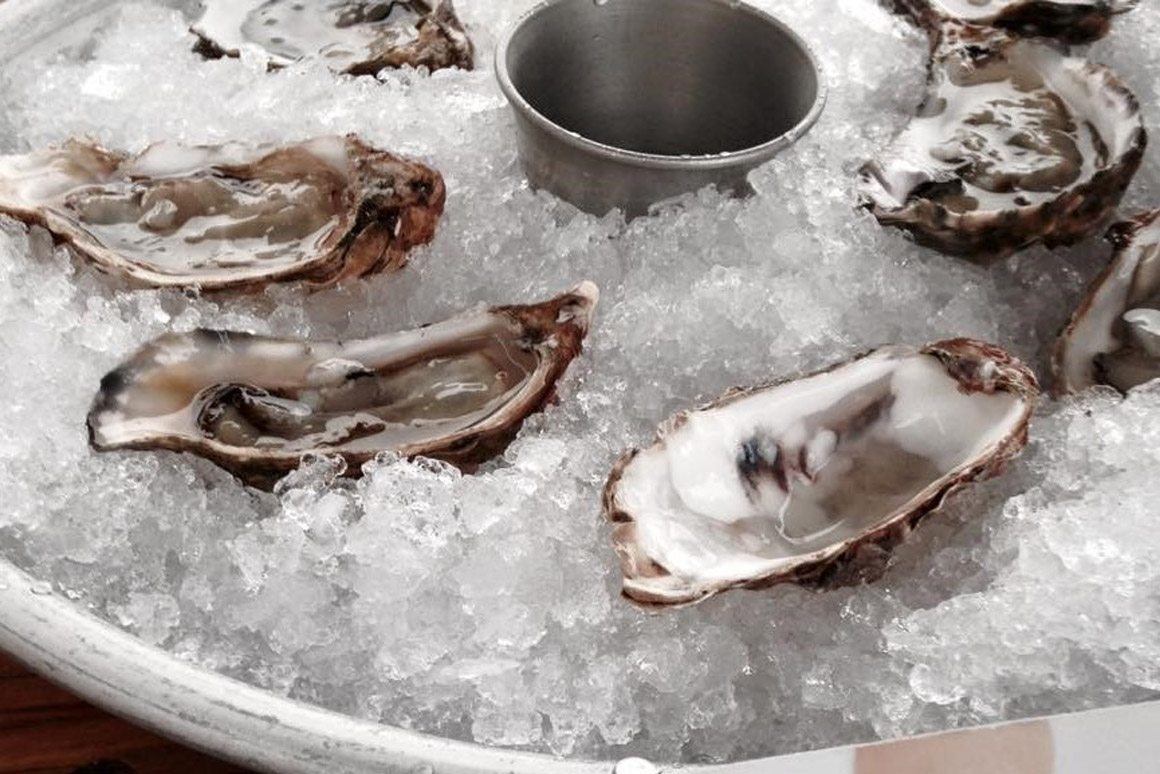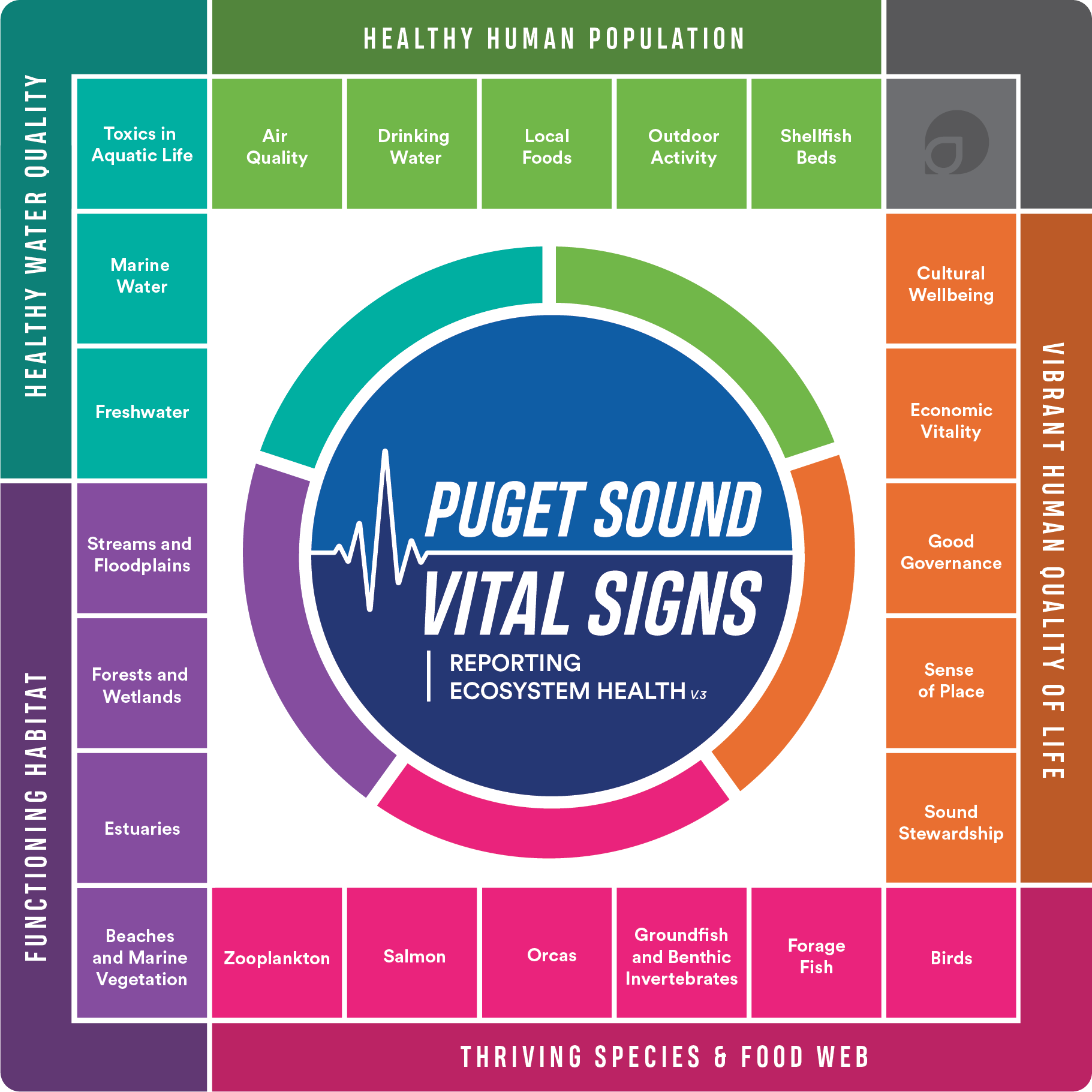The Puget Sound is home to an amazing abundance of oysters, clams, mussels, and other bivalve molluscan shellfish. Shellfish provide opportunities for tribal, commercial, and recreational shellfish harvest, form the basis of a multi-million-dollar industry that supports thousands of jobs, are of cultural and historical significance, and are a key part of the Puget Sound ecosystem.
Keeping Shellfish Safe for Harvest

As filter feeders, shellfish can take up bacteria, viruses, and other contaminants that are present in marine water, which can make them unsafe for human consumption. Before shellfish from harvest areas are considered safe to eat, pollution sources must be assessed, and marine water quality must meet national standards.
The Shellfish Beds Implementation Strategy is a plan to accelerate success towards restoring and protecting harvestable shellfish beds in Puget Sound by preventing and reducing pathogen pollution, with the goal of achieving the Shellfish Beds Vital Sign target.
Puget Sound Shellfish Growing Area Classification Changes by Year

The indicator target for the Shellfish Bed Vital Sign is an annual net increase of at least 500 harvestable shellfish acres, based on a three-year rolling average, with no single year with negative net acreage.
Key Strategies
Local jurisdictions use PIC programs to monitor watersheds for fecal coliform bacteria and to engage the community through outreach and property surveys to identify and correct fecal pollution sources. These programs can be an effective way to identify and resolve fecal pollution from OSS and livestock. This approach aims to improve funding for programs, enhance regional support, provide PIC program cross learning opportunities, and support outreach and social marketing efforts.
Programs that control and prevent water pollution from farming activities help to reduce and/or eliminate fecal pollution from pastures, manure storage facilities, and land application of manure and processed wastewater into surface water and/or to minimize these from leaching into groundwater. Both regulatory and incentive-based programs are necessary for effectively addressing farm waste management.
Failing OSS release untreated or partially treated sewage into the environment. This sewage can find its way into groundwater, surface water, or marine water, negatively impacting water quality. An OSS failure can be caused by bad system design, improper maintenance, or simply because the system has reached the end of its life expectancy. Sustainable funding for OSS management programs as well as financial assistance programs for OSS owner to finance maintenance and repairs are necessary.
Sewage discharges, even by a small number of vessels in small quantities can cause fecal pollution that can be a problem of concern over or near shellfish beds. Implementing and enforcing the No Discharge Zone, ensuring sufficient and convenient pump-out capacity, and educating boaters will continue to make progress in addressing impacts from boaters waste.
Following State and Federal regulations, The Department of Health prohibits shellfish harvest adjacent to WWTP outfalls as a precaution to protect public health during the most common upset condition (loss of disinfection) at the facility. Precautionary prohibited areas adjacent to outfalls are required regardless of permit discharge limits and regardless of permittees’ compliance with permits.
The main approach is to review, analyze, and plan for priority WWTP upgrades that reduce the impacts of outfalls on shellfish growing area classification. Treatment improvement, flow reduction, outfall extension or removal, and/or eliminating discharge during upset conditions may result in reducing or eliminating the precautionary closure zones adjacent outfalls.
What Can You Do?
Help keep human and animal waste out of our waterways by:
Check out Skagit County’s Poop Smart page for more tips and helpful information!
Jurisdictions, Agencies and Practitioners

